ComPhy:
Compositional Physical Reasoning ofObjects and Events from Videos


Objects’ motions in nature are governed by complex interactions and their properties. While some properties, such as shape and material, can be identified via the object’s visual appearances, others like mass and electric charge are not directly visible. The compositionality between the visible and hidden properties poses unique challenges for AI models to reason from the physical world, whereas humans can effortlessly infer them with limited observations. Existing studies on video reasoning mainly focus on visually observable elements such as object appearance, movement, and contact interaction. In this paper, we take an initial step to highlight the importance of inferring the hidden physical properties not directly observable from visual appearances, by introducing the Compositional Physical Reasoning(ComPhy) dataset. For a given set of objects, ComPhy includes few videos of them moving and interacting under different initial conditions. The model is evaluated based on its capability to unravel the compositional hidden properties, such as mass and charge, and use this knowledge to answer a set of questions posted on one of the videos. Evaluation results of several state-of-the-art video reasoning models on ComPhy show unsatisfactory performance as they fail to capture these hidden properties. We further propose an oracle neural-symbolic framework named Compositional Physics Learner (CPL), combining visual perception, physical property learning, dynamic prediction, and symbolic execution into a unified framework. CPL can effectively identify objects’ physical properties from their interactions and predict their dynamics to answer questions.
In each example, models will be given one target video, four reference videos and a set of questions related to the target video. To answer the questions, the models need to unravel objects' compositional hidden properties, such as mass and charge, and use this knowledge to predict objects' dynamics.

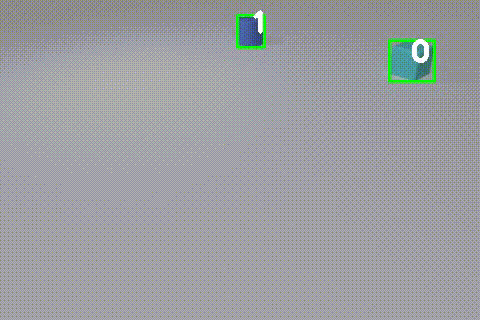

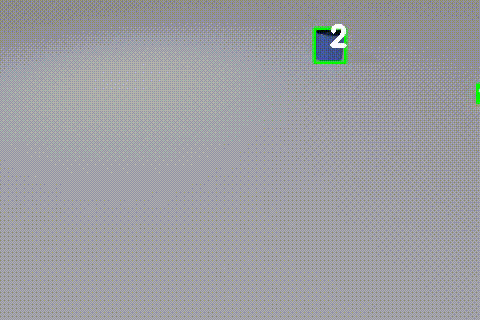
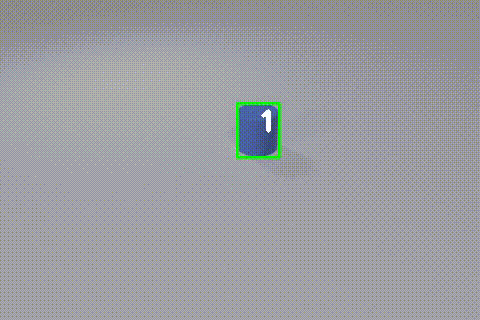
Is the cyan cube heavier than the rubber cylinder?
No.
Are there any uncharged blue cylinders that enter the scene
Yes.
If the rubber cylinder were lighter, which of the following would happen?
The cube would collide with the rubber cylinder
The rubber cylinder and the sphere would collide
The metal object would collide with the sphere
What will happen next?
The rubber cylinder and the metal object collide
The rubber cylinder and the sphere collide
The cube collides with the sphere
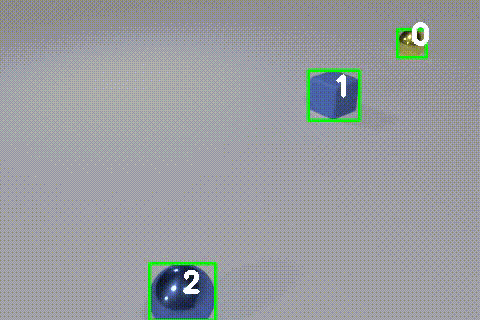

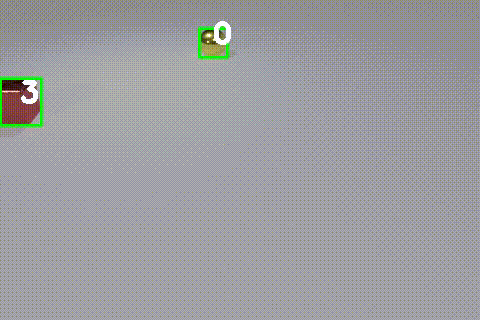
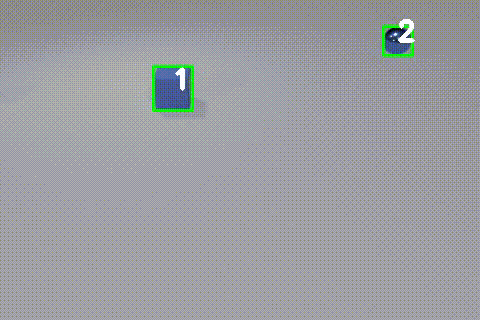

What are the colors of the two objects that are charged?
Yellow and blue.
What is the direction of the blue cube when the video ends?
Left.
If the blue sphere were oppositely charged, what would happen?
The yellow sphere and the rubber cube would collide
The yellow object and the blue sphere would collide
The blue cube and the metal cube would collide
The yellow object and the red object would collide
What will happen next?
The blue cube and the red cube collide
The blue sphere collides with the metal cube



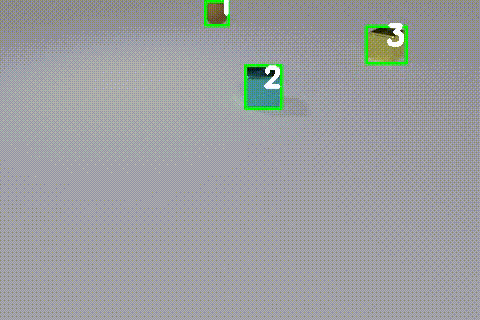
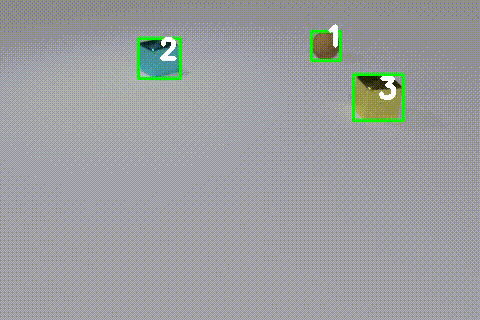
What color is the moving rubber object that is uncharged?
Red.
How many moving cyan objects are charged?
1.
If the sphere were oppositely charged, which of the following would happen?
The cylinder and the sphere would collide
The cylinder would collide with the cyan cube
If the cyan object were uncharged, which event would happen?
The sphere and the cyan object would collide
The cylinder would collide with the sphere
The cylinder would collide with the gray cube
The sphere would collide with the yellow object
Evaluation server is available on EvalAI!
ComPhy: Compositional Physical Reasoning of Objects and Events from Videos
Zhenfang Chen, Kexin Yi, Yunzhu Li, Mingyu Ding, Antonio Torralba, Joshua B. Tenenbaum, Chuang Gan
ICLR, 2022. [Bibtex]
Copyright © 2021 ComPhy